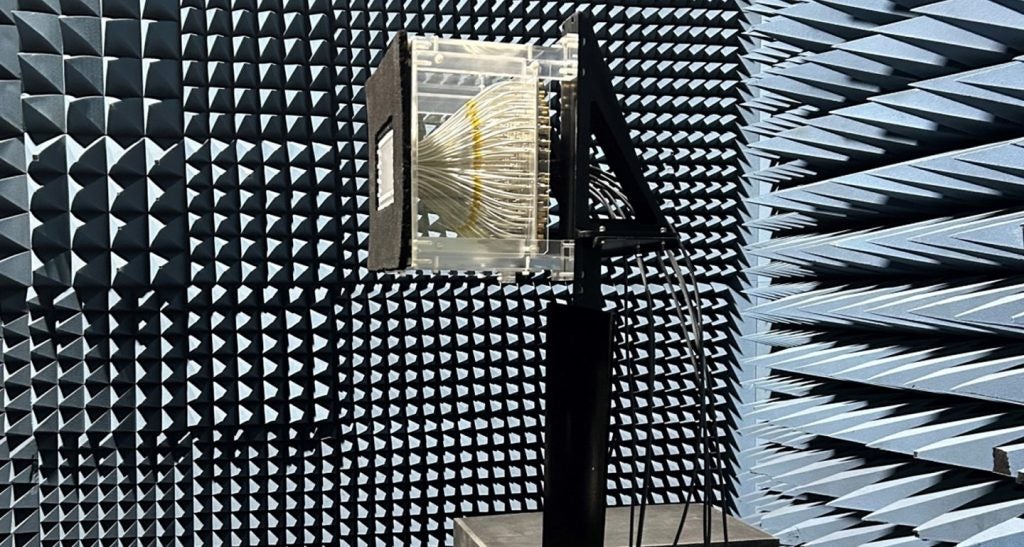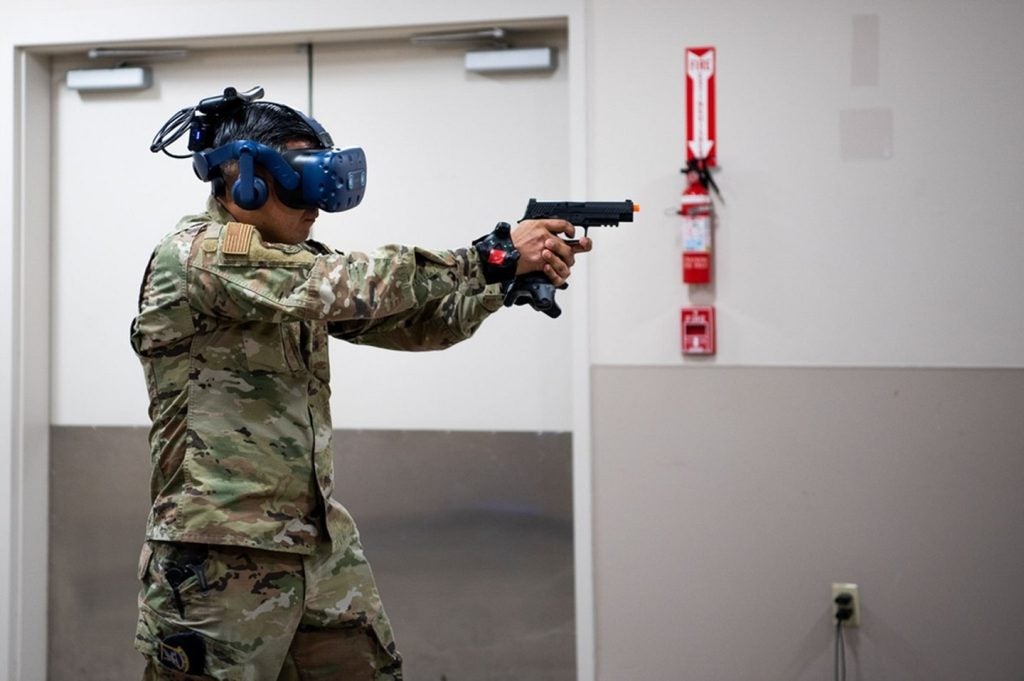Spain’s leading defence supplier, Indra, has led a European Defence Agency (EDA) consortium to the end of a development project lasting more than two-and-a-half-years.
Launched in July 2021, the European Commission funded €10m ($10.8m) to develop an Active Electronically Scanned Array (AESA) radar system that also provides electronic warfare and communications functions for military applications.
Bringing together 11 other companies, research centres, and small and medium sized enterprises (SMEs) from seven European countries, the project is known as ‘CROWN’ – a loose abbreviation for ‘Combined Radar, cOmmunications, and electronic Warfare fuNctions.’
CROWN focuses on the innovative concept of a multi-functional radio frequency (RF) system, which aims at substantially enhancing future defence capabilities, with specific focus on AESA for crewed and uncrewed aerial platforms.
Notably, Indra serves as one of three industry co-ordinators alongside Airbus and Dassault Aviation for the Future Combat Air System (FCAS) programme. France, Germany and Spain will jointly develop an aerial system, including a sixth generation fighter jet alongside collaborative swarming drones.
EDA’s multi-functional AESA radar system may be applied to these FCAS uncrewed aerial vehicles given the system is lightweight and compact and provides a range of capabilities in the field.
The final meeting focused on the main topics developed within the CROWN project and the results achieved. Particularly, CROWN demonstrated the different Building Blocks designed during the project and the performance of the demonstrator in a controlled anechoic chamber environment.
This project also determined necessary investments and outlined research activities essential for further developing a Technology Readiness Level 7 prototype demonstration in an operational environment.
CROWN included, in particular, two connected activities focusing on research and devlopment assessment on critical technologies in pursuing a future European multi-function RF systems on system and component level.
Follow-on activities aiming at producing an EU prototype by the end of 2027 are recommended, also exploiting the EDF framework.











